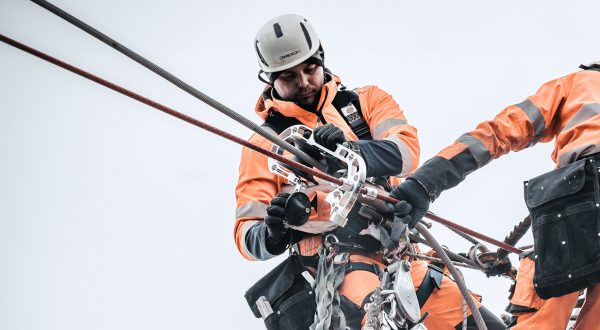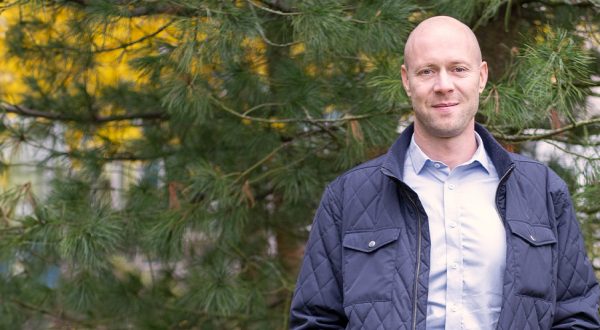Article published by our partner site Le Monde de l’Énergie
The energy storage market, which is likely to contribute towards the emergence of new, more environmentally-friendly electrical systems, is experiencing rapid development. Indeed, the increasing use of intermittent renewable energies, the democratisation of electric vehicles and the surge in mobile technologies mean there is a strong need for energy storage solutions. The expansion of wearable technology has increased the demand for high-performance, flexible batteries. American researchers appear to have made an important discovery in the sector. Inspired by the structure of the human spine, they have developed a lithium-ion battery with greater energy density and resistance than existing prototypes. We look at the details.

An innovation inspired by the human form
The scientific journal Advanced Materials recently shone a spotlight on the work undertaken by Yuan Yang, professor of science materials and engineering at Columbia University in the US, and his team.
The university team used the properties of the human spine as inspiration to develop a lithium-ion battery whose flexibility and manoeuvrability do not impact its storage capacity or performance. Professor Yang says he drew on the spine model to design a new flexible battery.
Specifically, the new storage technology consists of rigid segments (electrodes, in other words the vertebrae) stacked around a thin, flexible structure made from an undisclosed material (the marrow). “The energy density of our prototype is one of the highest reported so far. We’ve developed a simple and scalable approach to fabricate a flexible spine-like lithium ion battery that has excellent electrochemical and mechanical properties. Our design is a very promising candidate as the first-generation, flexible, commercial lithium-ion battery. We are now optimizing the design and improving its performance,” explain Professor Yang and his team.
Promising performance
It was in the gym that Yuan Yang came up with the idea of using the composition of the spine to develop his battery prototype. During a stretching session, he realised that solid and robust components could be combined to form a flexible, high-performance battery.
The idea is not just ingenious, it is also relevant. According to Advanced Materials, the “energy vertebrae” take the form of thick, rigid cells which store energy through electrodes, which are made up of multilayers of thin copper strips. Each “vertebra” is then wrapped around a long, thin flexible part, a configuration that provides real flexibility for the whole battery.
“As the volume of the rigid electrode part is significantly larger than the flexible interconnection, the energy density of such a flexible battery can be greater than 85 percent of a battery in standard commercial packaging. Because of the high proportion of the active materials in the whole structure, our spine-like battery shows very high energy density – higher than any other reports we are aware of,” explains Professor Yang.
Towards a new generation of flexible displays and smart fabrics
The Columbia University researchers used a small-scale prototype to power a smart watch, as part of a lab test. After cycling, the battery retained almost 94% of its initial capacity. To test the flexibility of its prototype, the team continuously twisted the battery during discharge (the phase in which the battery powers the watch).
These measures illustrated that flexing and twisting had no impact on the voltage curve. Professor Yang’s team then disassembled the battery and noted that the components showed no signs of major damage, confirming the mechanical stability of the innovation. “Our spine-like design is much more mechanically robust than are conventional designs. We anticipate that our bio-inspired, scalable method to fabricate flexible Li-ion batteries could greatly advance the commercialisation of flexible devices,” adds Professor Yang.
Although commercialisation is still some way off, the Columbia University team believes its invention will pave the way for the development of a new era of flexible displays and smart clothes.
An article by our partner site Le Monde de l’Énergie



